13 Must-Know Tips for Riding Your Electric Bike in the Rain

Are you worried about riding your electric bike in the rain? Please do not. The batteries in our Shengmilo e-bikes come in a premium waterproof case. If it rains suddenly, you don't need to rush to wrap the battery. As long as you can see and ride safely in the rain, your e-bike is fine to ride.
But when riding e-bikes in the rain, riders should waterproof themselves with raincoats and rain bags to protect their gear. We also suggest some things to be aware of to make sure you stay safe while riding in the rain.
In this article, we'll cover the safety tips you should consider when deciding to ride your e-bike in the rain.
Can electric bikes get wet?
Yes, e-bikes can get wet. Although e-bikes are more prone to getting wet than regular bikes, you can ride in the rain without worry. They are designed with this weather in mind and are largely waterproof. That being said, if you insist on riding your e-bike in the rain, there are a few things you should keep in mind.
High voltage, complete immersion in water, and a damaged battery case are the worst things that can happen to your bike. Your e-bike may be affected under any of these conditions, so be sure to take extra precautions whenever possible.
Can I ride an electric bike in the rain?
Yes. You can certainly ride an electric bike in the rain. It is important to make sure your e-bike is suitable for use in the rain, as not all models are. You should also stay away from puddles and other pools on the road, as this can cause your e-bike components to fail.
Most cyclists are eager to ride no matter the weather. Your e-bike can handle a little bit of rain and wet weather for a short time, but long-term exposure can damage its internal parts.
Is it safe to ride an electric bike in the rain?
You can ride an electric bike safely in the rain as long as you take the proper safety measures. Here are some ideas for how to ride an e-bike in less-than-ideal weather, like when it's raining.
1. Put on a raincoat
The bright colors and unique reflective tape on the surface not only protect you from the rain but also make it easier for other drivers on the road to see you. If you find yourself in a particularly wet area, it's best to avoid cotton clothing if possible.
You should probably wear waterproof gloves to keep your hands warm and dry. Wearing a waterproof helmet is also a good idea for riding in the rain. Riders who ride e-bikes in particularly wet conditions require waterproof shoes. If you want to prevent raindrops from hitting your eyes, you should use bike goggles.
2. Keep your gear dry
As mentioned, riding in the rain can gradually soak your clothes and gear. Similar to how you take care of yourself in rainy weather, you should make sure your gear is equally protected.
Keeping your belongings dry is crucial when riding in the rain. For example, you want to take your laptop and other electronics with you on your next trip. When we were halfway there, it really started pouring rain. Your laptop and other gadgets must stay dry, and the easiest option is to use a dry bag that can be fully submerged in water without leaking. Your e-bike needs the same moisture protection. You know it's an electric bike because it has the necessary electrical components.
3. Use your bike fenders
While an e-bike's motor and gearbox can withstand moisture, and the battery still works when wet, that doesn't mean you should keep riding your e-bike in a downpour. What you still need to do is prevent yourself from getting water or road debris on your e-bike.
How to protect your electric bike from sand and dirt? E-bikes are equipped with fenders to keep dirt and water off the wheels. The fenders can be made of metal or plastic. For use in wet weather, plastic fenders are preferable to metal fenders.
Metal fenders tend to rust from constant immersion in water. However, the plastic fenders just need a good cleaning before they do their job of protecting you from rainy weather again. If you regularly ride in wet weather or live in a particularly rainy area, you should equip your e-bike with fenders.
This not only protects you and your e-bike from road gravel but also the battery and other parts of the e-bike.
4. Use headlights and taillights
It is important to use your headlights and taillights when riding in the rain or in any other situation where visibility is compromised. To get to your destination, you may have to share the road with various vehicles, some of which may not be able to see your e-bike.
Before hitting the road, it's best to put warning taillights on and flashing headlights on the helmet or seat posts. This will make it as visible as possible to other drivers.
5. Slow down and brake early
It's a good idea to brake earlier than usual when riding an e-bike, even though the hydraulic disc brakes on these bikes are more effective in the rain than the rim brakes on conventional bikes. However, when riding in the rain, you need to apply the brakes early if you want to avoid skidding, but how early you need to apply the brakes can vary depending on the air pressure in the tires.
Riding an e-bike too fast is not a good idea. With poor eyesight and wet roads, there's little room for error at high speeds. As a result, an accident may occur that damages your e-bike.
Obviously, when you hit the brakes, you're trying to slow down, but if you do it sooner rather than later, you'll have a bigger impact. Allow for more stopping distance when using the e-bike brakes in the rain.You need to slow down gradually to avoid rolling over.
6. Lower the tire pressure of the electric bike
Adjusting tire pressure is another thing you can do to make your e-bike trip more comfortable in the rain. 100 psi of tire pressure seems normal if you're driving on a brand new road. On the other hand, tires inflated to 90 psi may roll faster on rough surfaces.
To improve traction in rain or slippery conditions, reduce tire pressure to 10 psi. This method can be mastered relatively easily. Less pressure in the tire allows more contact between the tire and the road. Your e-bike's traction on the road will be enhanced for a safer ride.
7. Take Caution When Turning
While riding an e-bike can be fun, trying to corner like a pro is not a good idea, especially if it starts to rain. Your hands should not rest on the handlebars while riding in the rain. Instead, ease the turn by applying the brakes lightly.
Just like driving a car on wet roads, an e-bike's tires can come off in the rain. When riding an e-bike in the rain, you should make sure that both tires are firmly on the road. This will keep your e-bike stable and balanced.
8. Avoid excessive rainfall
E-bikes can be ridden in light rain, but heavy rain should be avoided. If you're soaking wet after a few minutes on the road, it's usually best to turn around. Inexpensive e-bikes are not safe for prolonged use in heavy rain. It is best to stay indoors until the rain stops or wait for it to end.
9. Plan a safe route
Before you start your journey, you should take all the necessary precautions to ensure a safe and feasible route. If you normally ride on roads with gravel, stones, wet leaves, large puddles, cracks in the road, or trees, you should take extra care to avoid these areas when it rains.
This decision will keep you safe and protect your bike from road debris and other possible dangers that you might not be able to see because of the rain.
10. Clean your bike after the rain
When cleaning your bike, be sure to use gentle methods such as a hose, sponge, or professional bike cleaner. The factory lubricant on the bearings can be stripped by the high-pressure water jet and can damage the frame.
While you can clean your bike's frame with water, you should use a solution made specifically for cleaning disc brakes. If you remove the battery before washing the bike, it's safer, easier, and gives you a better chance of cleaning the frame thoroughly.
11. The electric bike should be dried
You should also get into the habit of drying your bike with a clean towel after every ride, especially after riding in the rain. For safety reasons, it is always recommended to always dry the bottom of the e-bike battery and electrical contact points, no matter how heavy the rain is.
12. Increase battery life
One of the most important things to do after you finish riding your e-bike is to make sure the battery is completely dry. Even just a little drizzle should never put an e-bike's battery at risk by exposing it to water. When you're done, remove the bike's battery from the bike and dry it with a towel. Make sure the area where the battery is stored is also free of water or moisture.
13. Use proper bike storage
After doing all these things, you need to make sure your bike doesn't get wet. If you usually keep your bike outside or on your porch, you might consider bringing it indoors if severe weather is imminent.
Any amount of rain, snow, or sleet, even just at your front door, can damage your bike. When figuring out how much an electric bike is worth, you should never forget how important it is to protect it from the damage that long-term exposure to these elements can do.
In conclusion
Even if you enjoy riding your e-bike in the rain, you should take it easy and make sure you take all the necessary safety measures. There is no law expressly prohibiting riding an e-bike in the rain. However, if you want your bike to last a long time and continue to function properly, you should follow the tips above. Be careful at all times, even when it's raining.

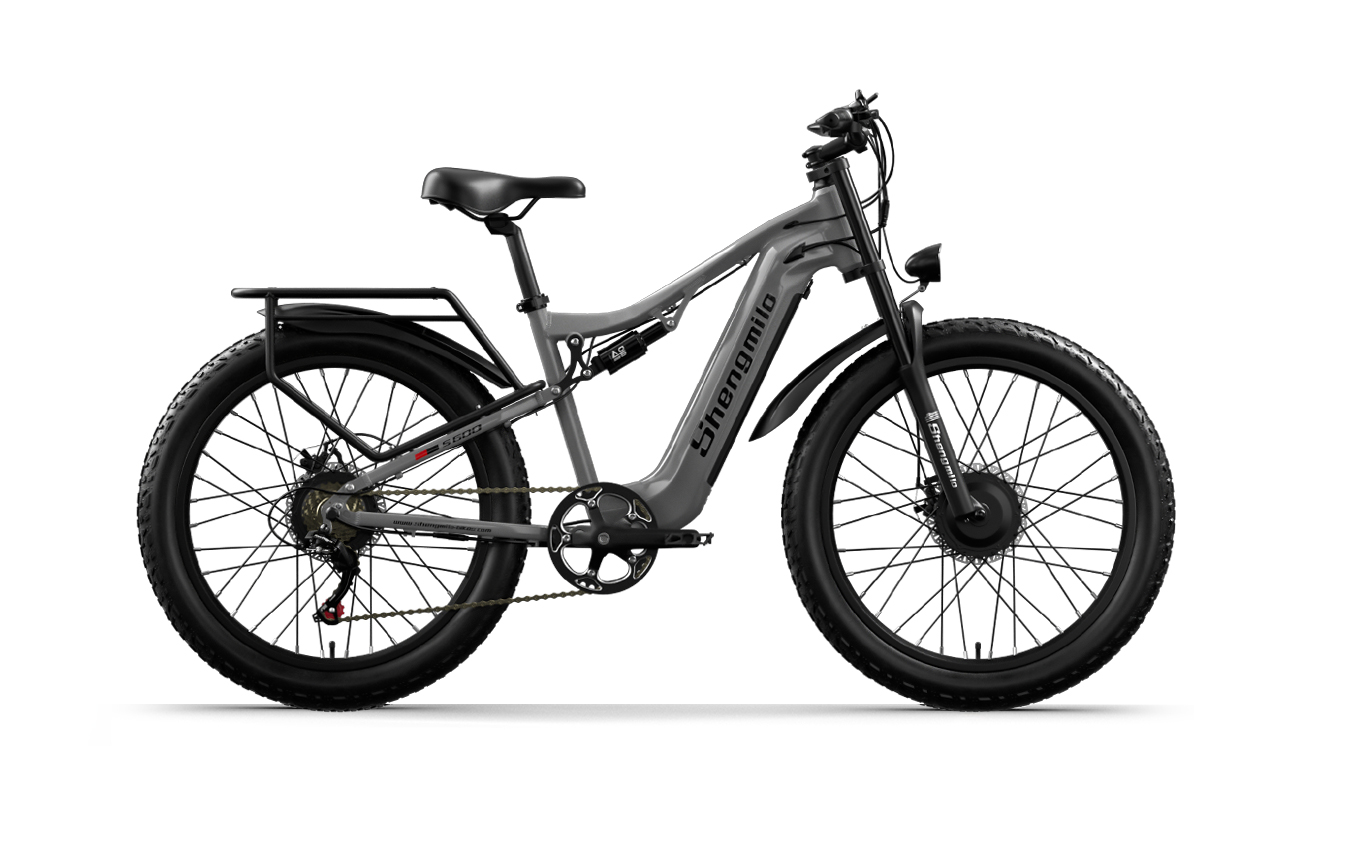
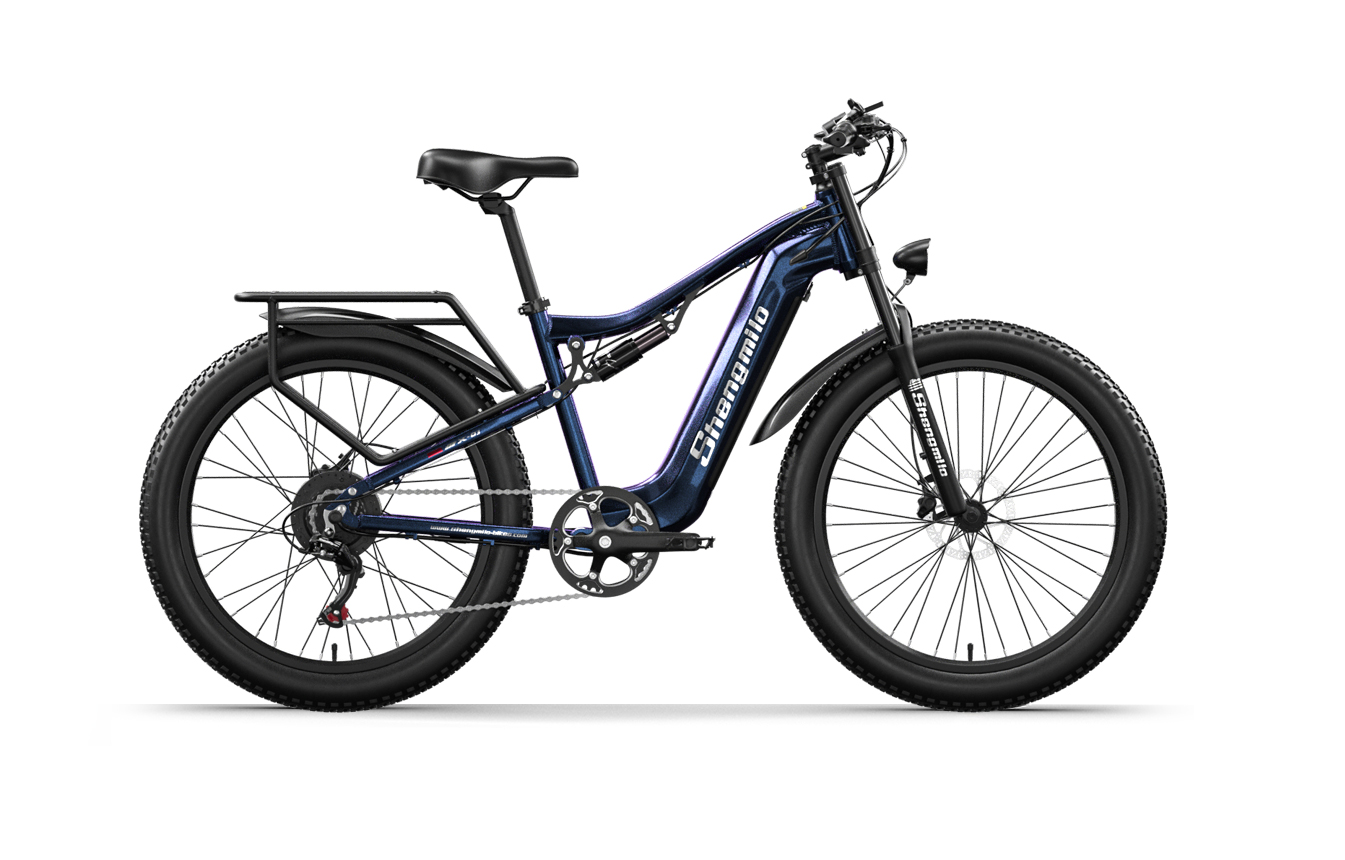
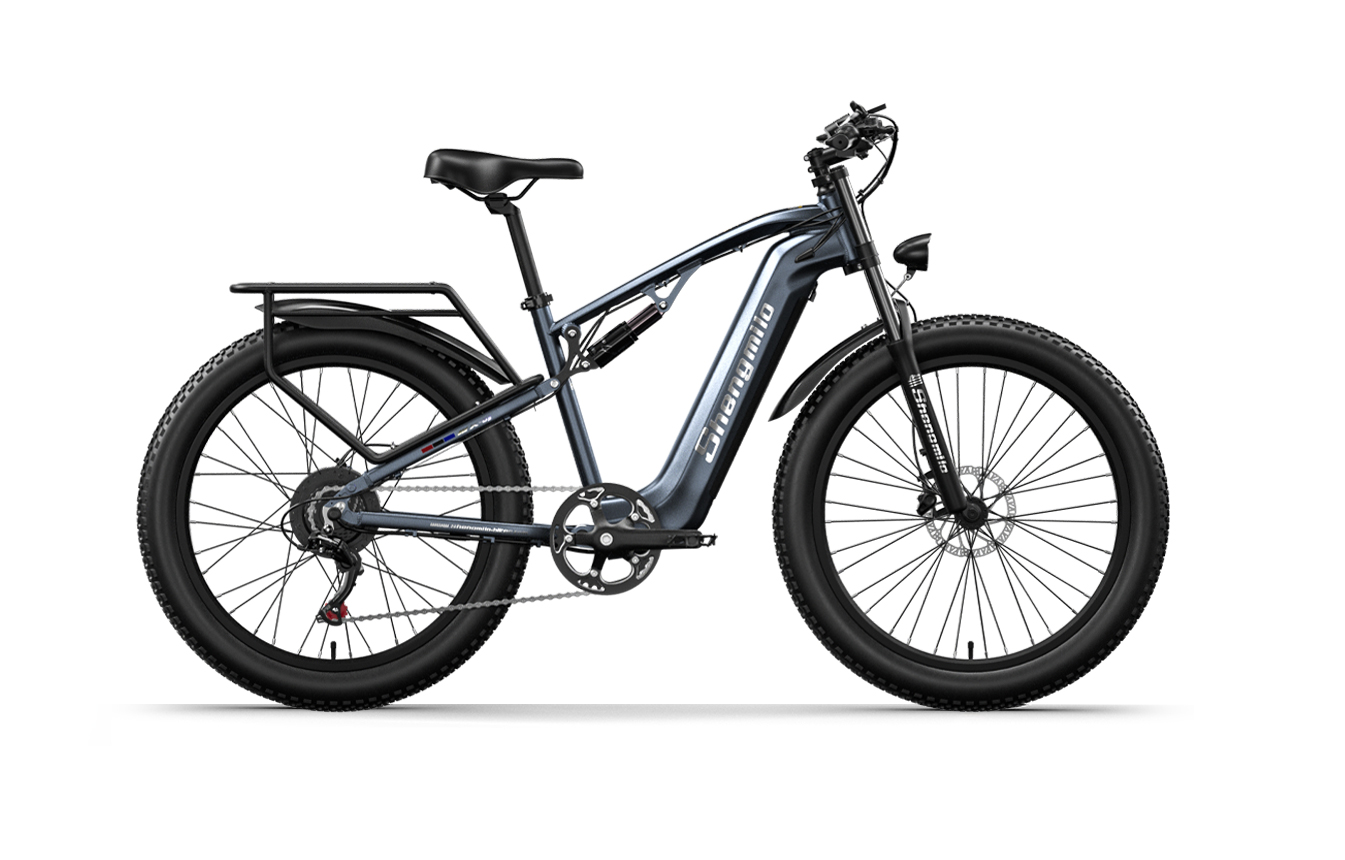
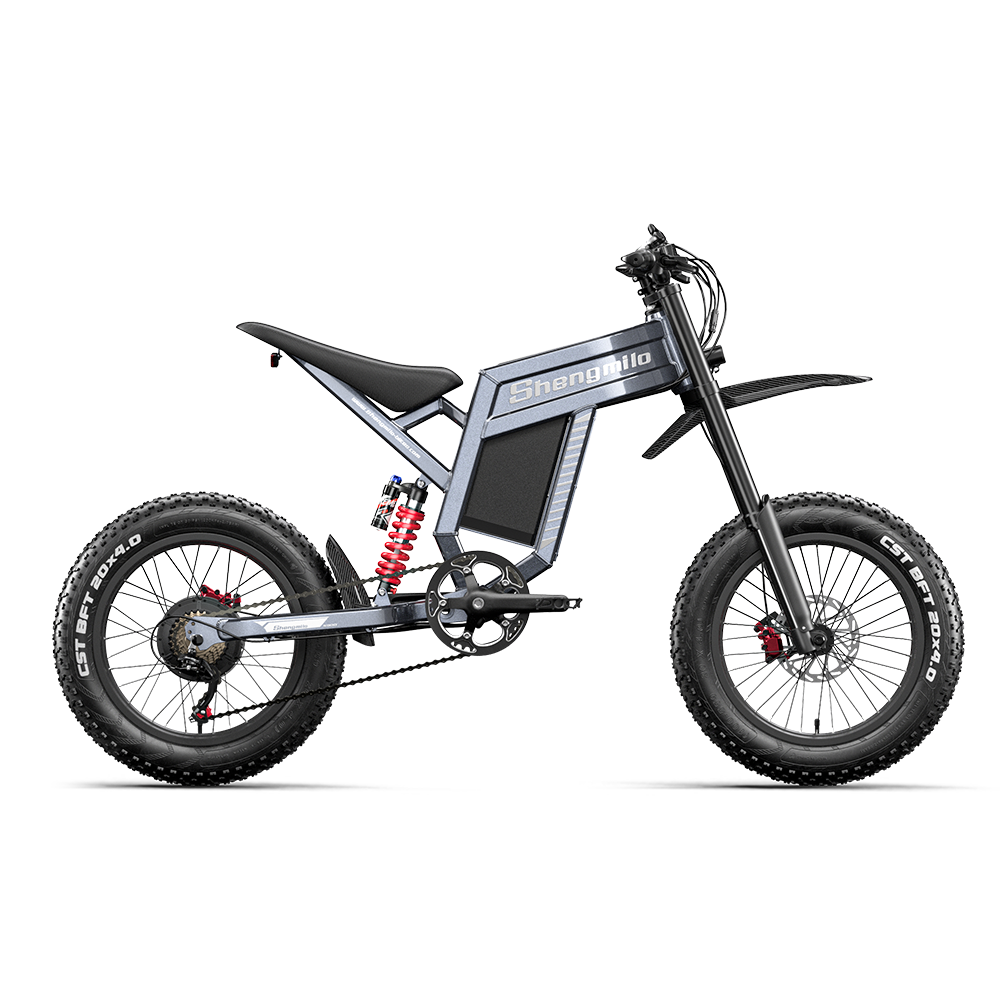



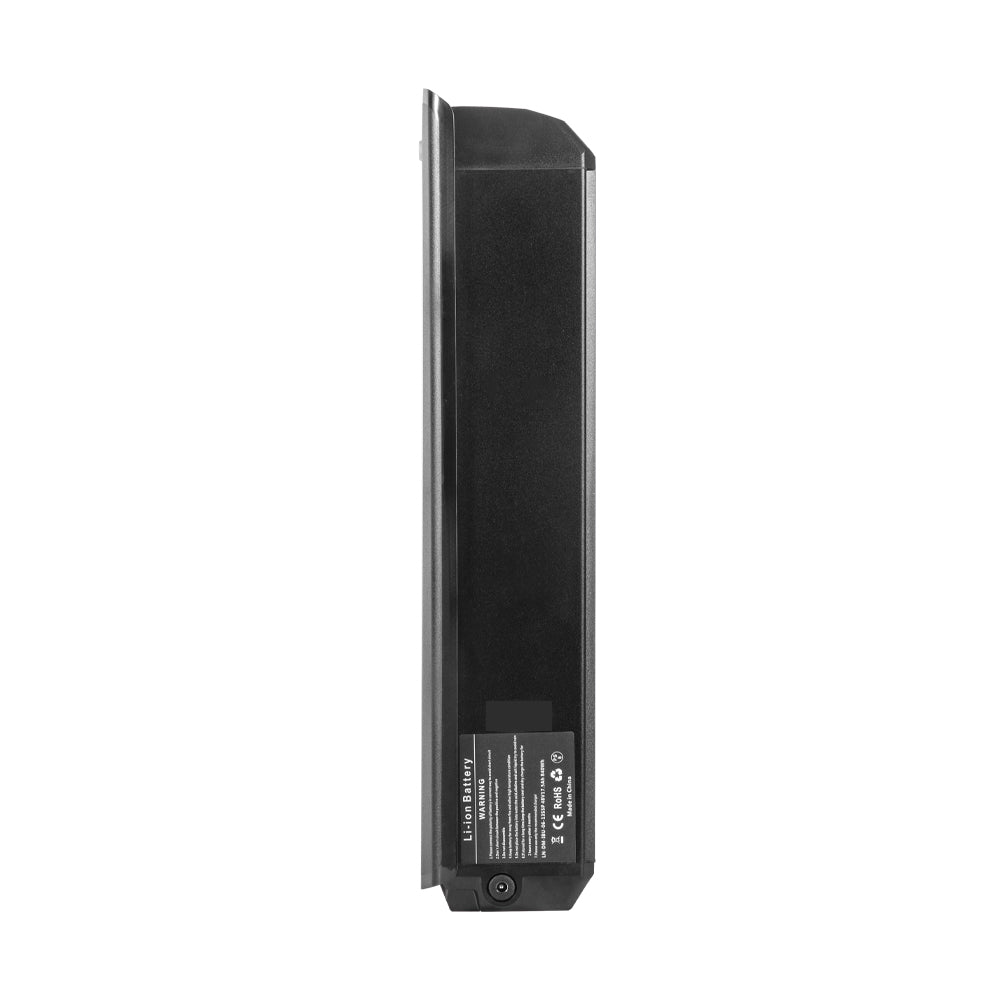

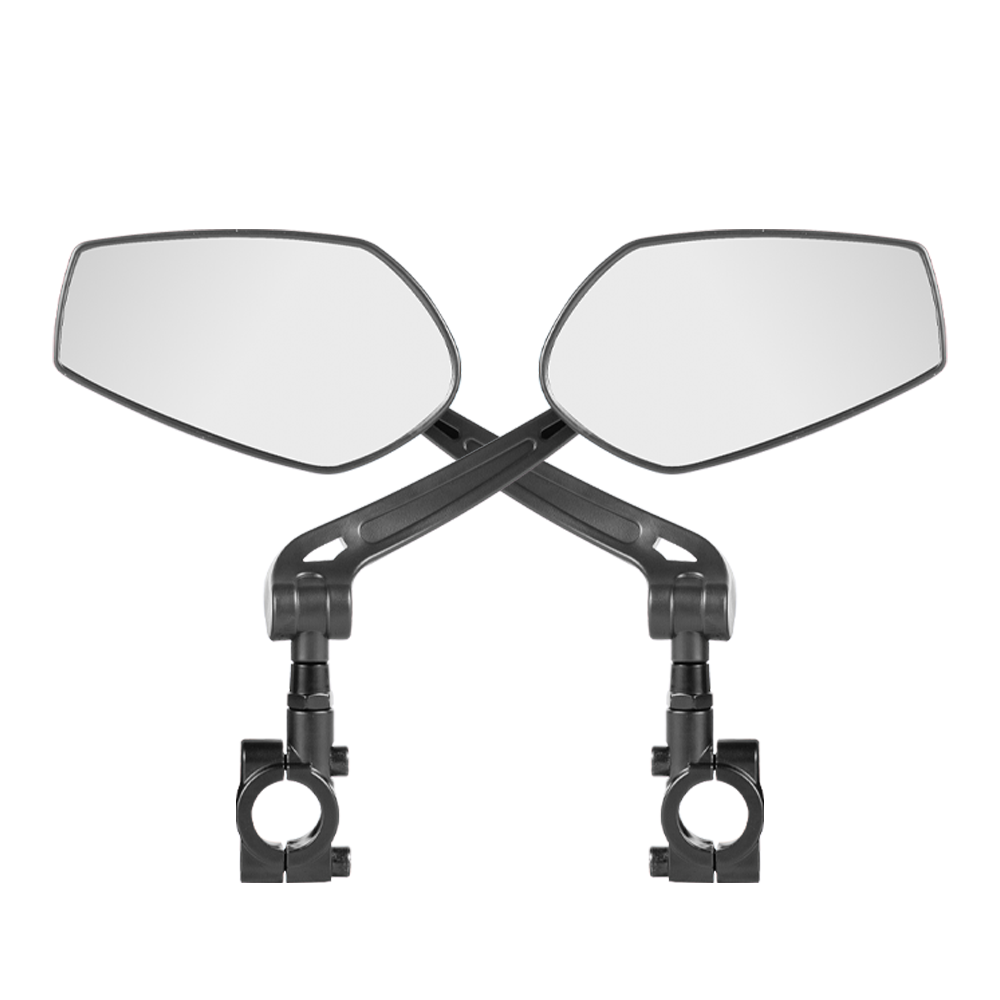


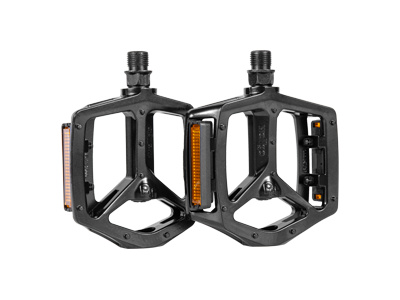
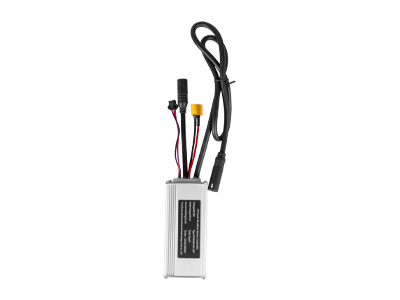







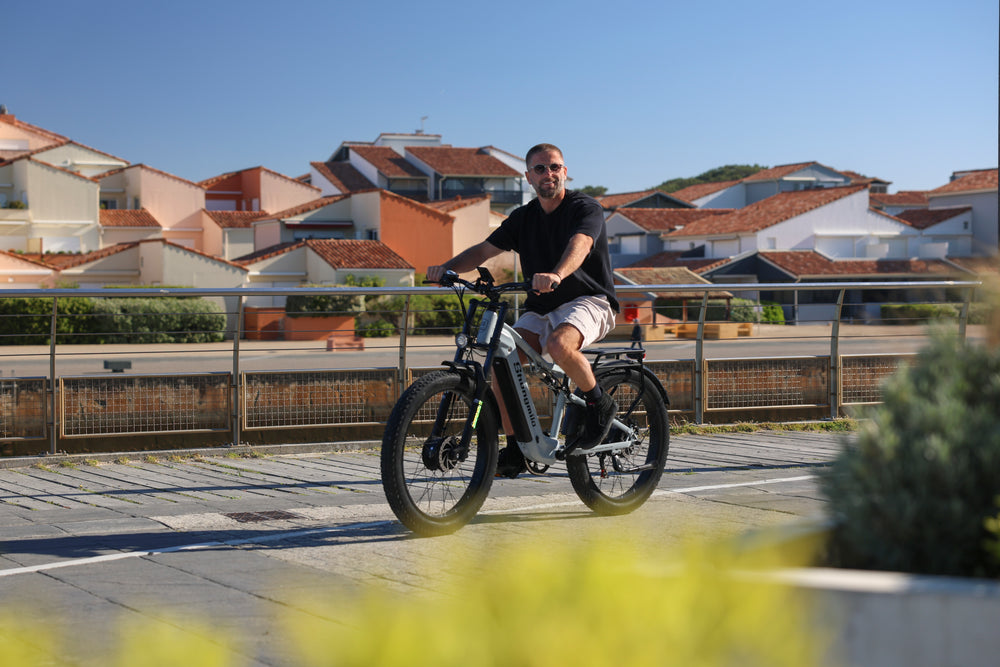
It was a great article, thanks for covering such a great piece of information about riding e- bike in rain, I like e-bike and rain both .its will be enjoyable.
yo cuando tengo el riesgo de lluvia ,siempre tengo unos puntos para refugiarme si llueve ,hay que tenerlo en cuenta ,y ponerte a cubierto en algunos de esos puntos mencinados anteriormente ,y tambien hay que tener en cuenta la prevision del tiempo ,yo lo hago siempre y evito montar en bici si hay prevision de lluvia.
Leave a comment